Subtle fluid shifts could transform spacecraft fuel, water, and life-support systems.
New research shows how small meniscus changes control liquid waves in low gravity, helping spacecraft systems run lighter.

World’s first pig lung transplant in brain-dead man lasts nine days in China.
In a medical first, a pig lung was transplanted into a brain-dead human, where it functioned for nine days.
Surgeons at Guangzhou Medical University, China, performed the cross-species lung transplantation.
The recipient, a 39-year-old man who had suffered a brain hemorrhage, received the left lung from a Chinese Bama Xiang pig that had undergone genetic modifications.
Mercedes-AMG EV shatters 25 endurance records with 24,901-mile run in 7.5 days.
Mercedes-AMG’s electric Concept GT XX smashed 25 endurance records by covering 24,901 miles in just 7.5 days at Italy’s Nardò test track.
LVK reveals latest catalog of gravitational-wave discoveries
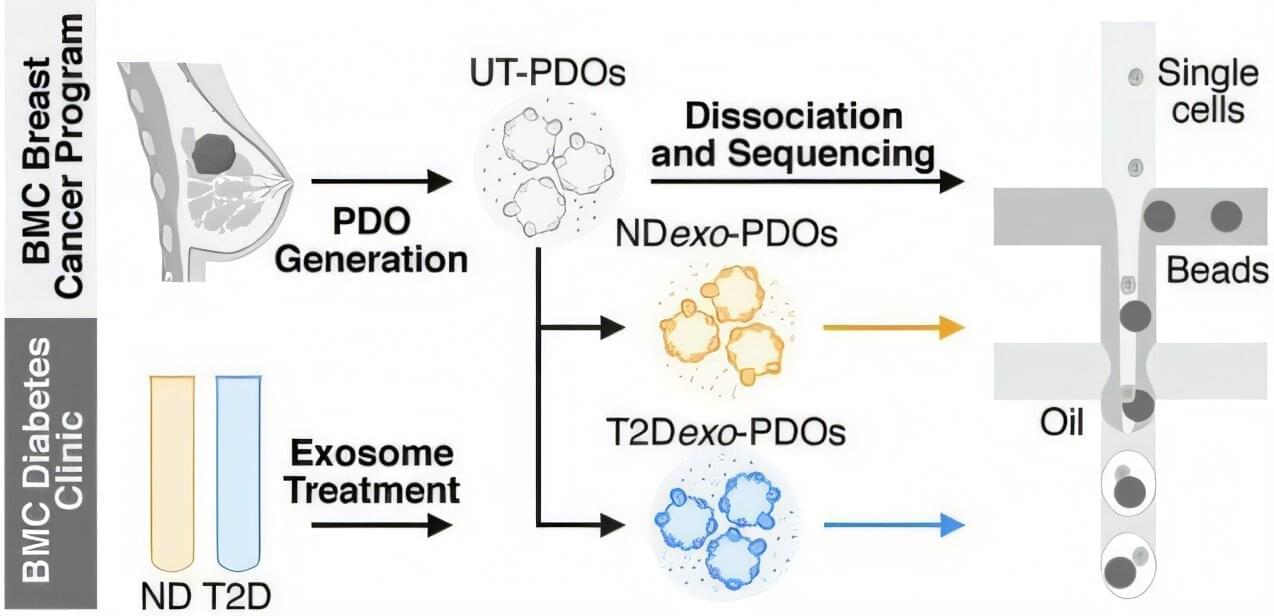
People with type 2 obesity-driven diabetes tend to have more aggressive breast cancers, but no one knows exactly why. A new study by researchers at Boston University Chobanian & Avedisian School of Medicine and published in Communications Biology found that tiny particles in the blood, known as exosomes, which are altered by diabetes, can reprogram immune cells inside tumors, making them weaker and allowing the cancer to grow and spread more easily.
“This is the first study to directly link exosomes from people with type 2 diabetes to suppressed immune activity inside human breast tumors,” said corresponding author Gerald Denis, Ph.D., the Shipley Prostate Cancer Research Professor at BU.
In the study, researchers used tumor samples from breast cancer patients to grow 3D tumor models in the lab. Known as patient-derived organoids, these models contain the immune cells originally found in the tumor. These mini-tumors were treated with blood exosomes from people with and without diabetes but also without any cancer. The researchers analyzed the organoids using single-cell RNA sequencing to see how the exosomes affected the immune cells and the tumor itself.

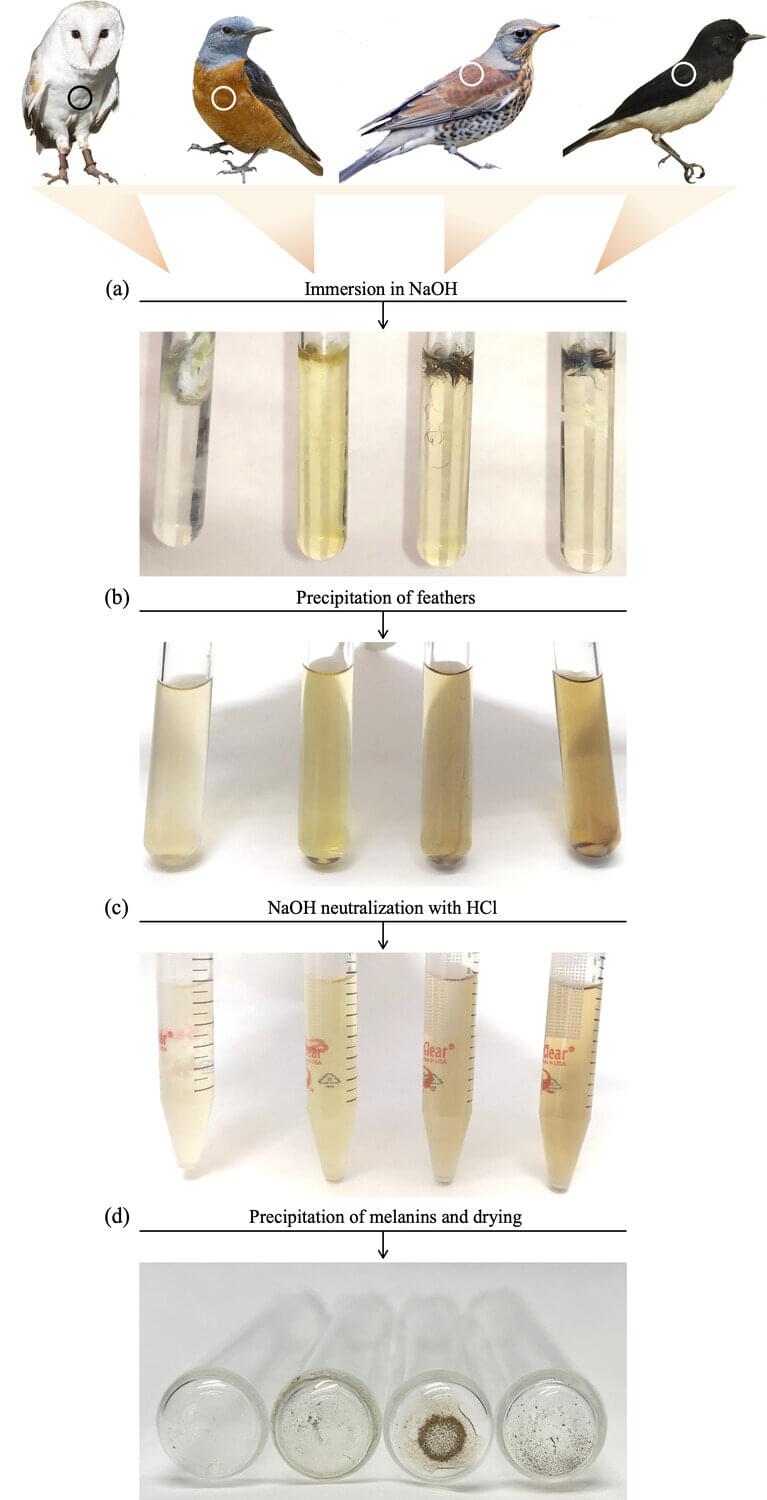
Birds are some of the most striking creatures on Earth, coming in a rainbow of colors that serve several important functions, such as attracting a mate and communicating with other birds. These vibrant hues are produced by pigments, primarily melanin, but a major unknown until now was how much these pigments weigh. Since wings need to be as light as possible for flight, understanding pigmentation weight may tell us something about the trade-off between the evolutionary benefits of colored feathers and the physical cost of carrying that weight.
In a new study published in the journal Biology Letters, scientists from Spain have investigated how much melanin adds to the weight of feathers and the difference in weight between the two main chemical forms of melanin—eumelanin (responsible for brown and black colors) and pheomelanin (responsible for reds and lighter colors).
The researchers analyzed the feathers from 109 bird specimens across 19 different species, including the common kingfisher (Alcedo atthis), the golden eagle (Aquila chrysaetos) and the Eurasian bullfinch (Pyrrhula pyrrhula). They examined feathers with mixed colors and those with single, pure colors, and used a chemical process involving sodium hydroxide or caustic soda, as it is more commonly known, to extract the pigments. Once extracted, they were weighed and compared to the original weight of the feathers.
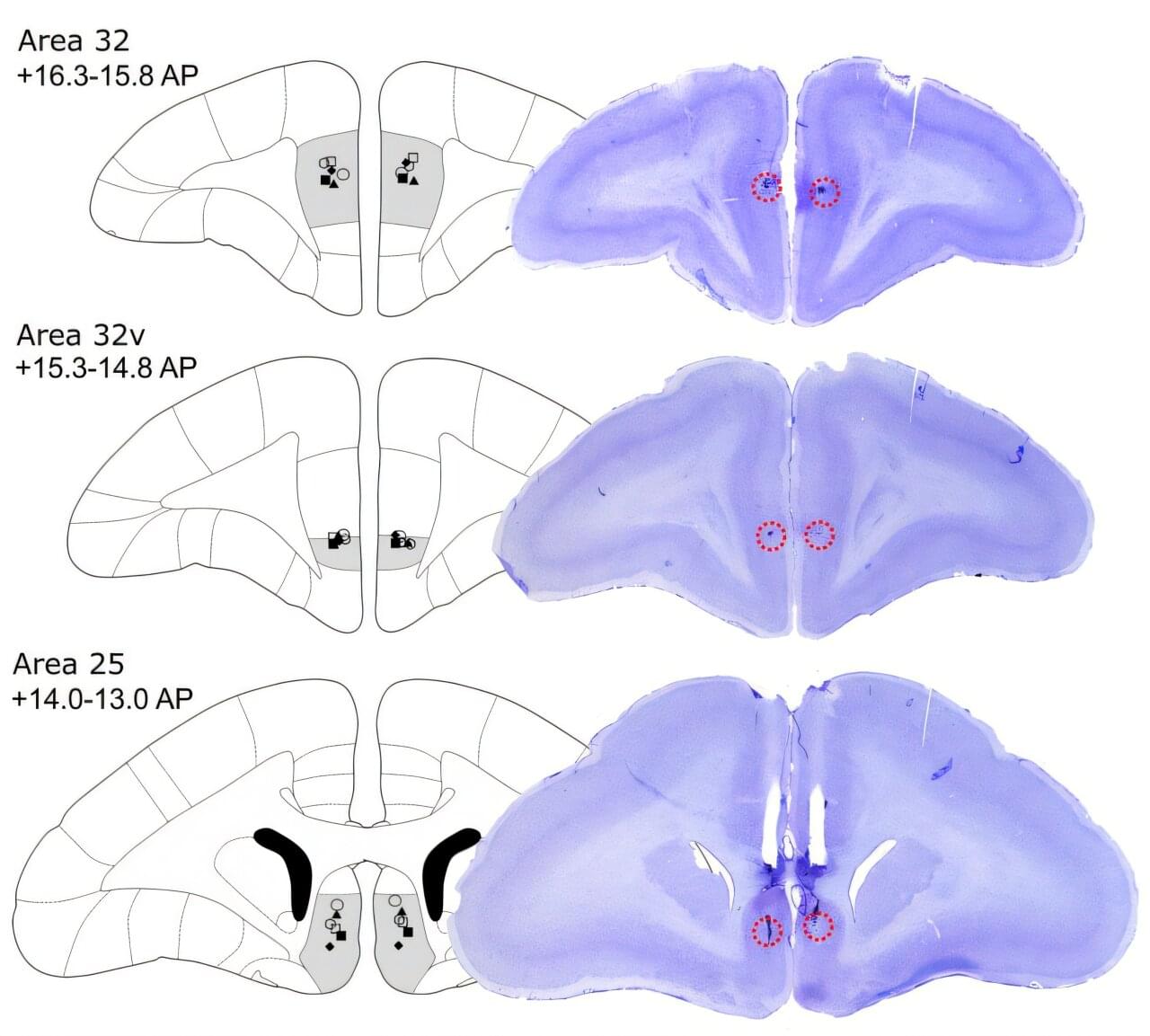
University of Cambridge researchers report that inactivating dorsolateral prefrontal cortex area 46 in marmosets blunts appetitive motivation and heightens threat reactivity, with effects mediated through asymmetric left-hemisphere pathways.
The dorsolateral prefrontal cortex (dlPFC) is implicated in higher-order processes such as attention, abstract thought, working memory, and inhibitory control. It is also a target for noninvasive brain stimulation in treatment-resistant depression.
Previous studies have shown that dlPFC transcranial magnetic stimulation improves depressive and comorbid anxiety symptoms and modulates activity in subcallosal cingulate cortex area 25, a region linked to therapeutic success.
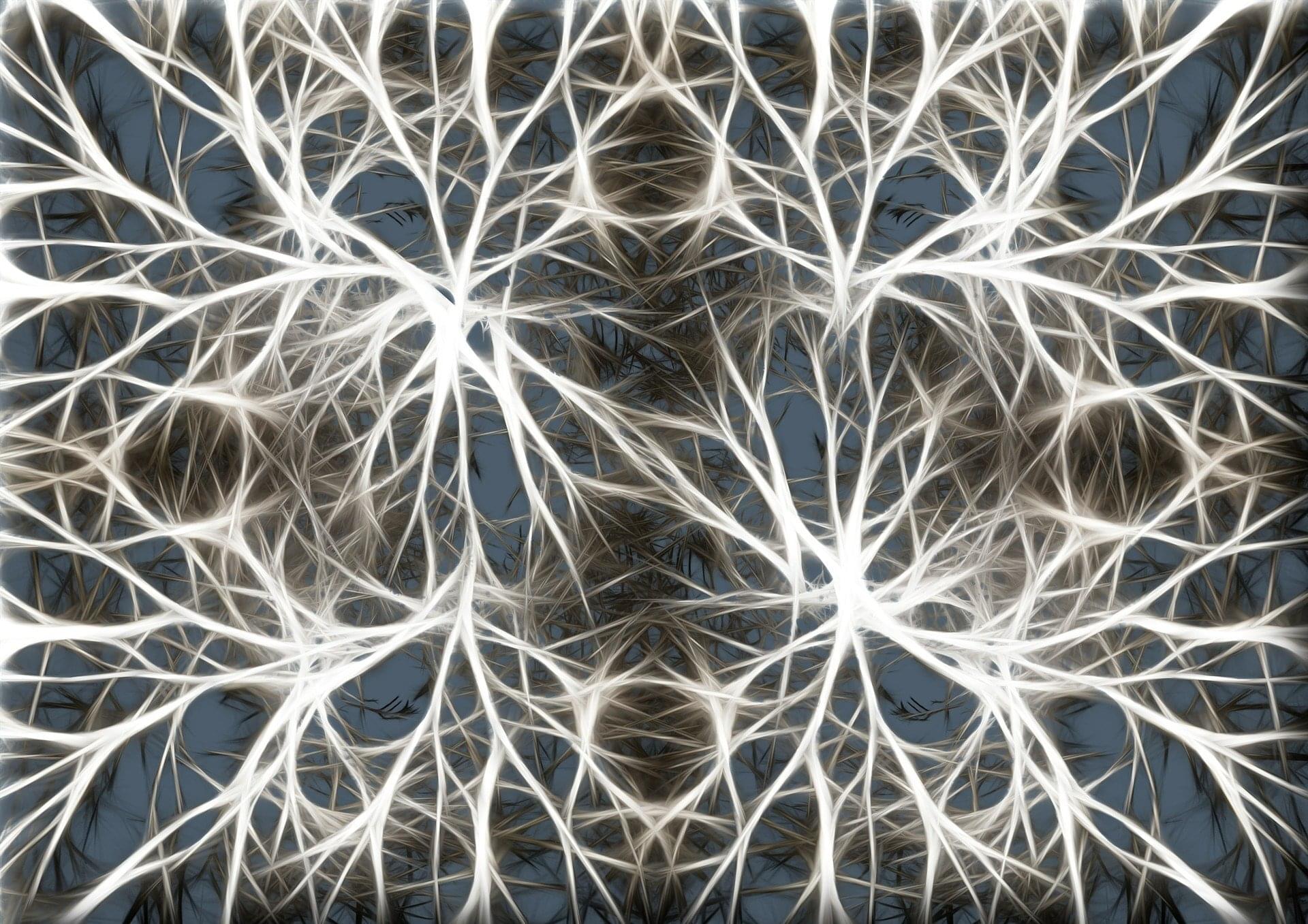
Psychotherapy leads to measurable changes in brain structure. Researchers at Martin Luther University Halle-Wittenberg (MLU) and the University of Münster have demonstrated this for the first time in a study in Translational Psychiatry by using cognitive behavioral therapy.
The team analyzed the brains of 30 patients suffering from acute depression. After therapy, most of them showed changes in areas responsible for processing emotions. The observed effects are similar to those already known from studies on medication.
Around 280 million people suffer from severe depression worldwide. This depression leads to changes in the brain mass of the anterior hippocampus and amygdala. Both areas are part of the limbic system and are primarily responsible for processing and controlling emotions. In psychotherapy, cognitive behavioral therapy (CBT) is an established method for treating depression.
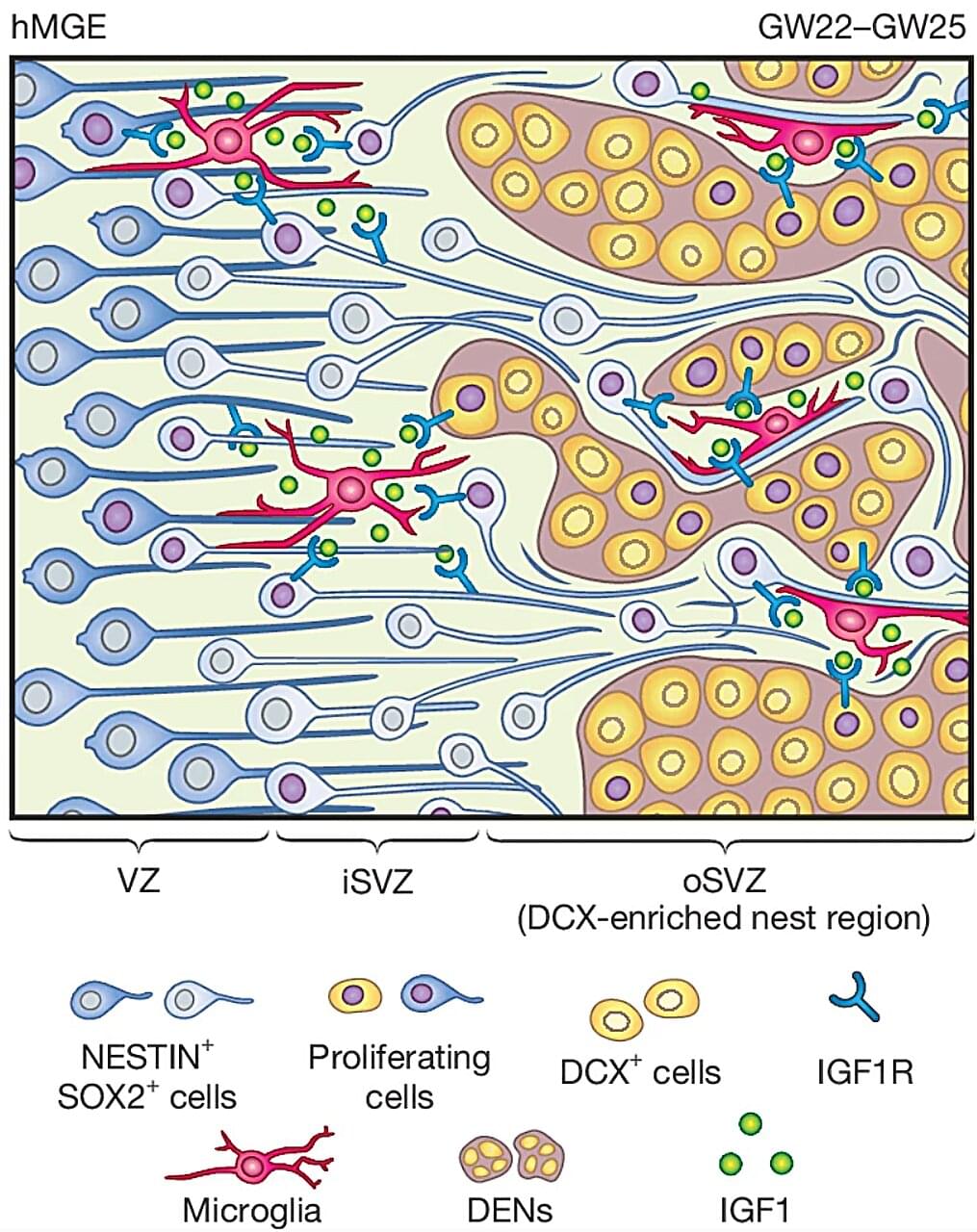
While there is a vast amount of information about the human brain and how it develops and works, much of the organ is still uncharted territory. But new research published in the journal Nature is giving us new insights into a type of brain cell called the GABAergic interneuron and its role in the developing brain. These findings could help explain how conditions like autism and brain disorders in children develop.
GABAergic interneurons are a vital part of the brain. They release the neurotransmitter gamma-aminobutyric acid (GABA), which regulates brain activity by switching neurons on and off. Disruptions in their functions can lead to a number of disorders, including epilepsy, schizophrenia and autism.